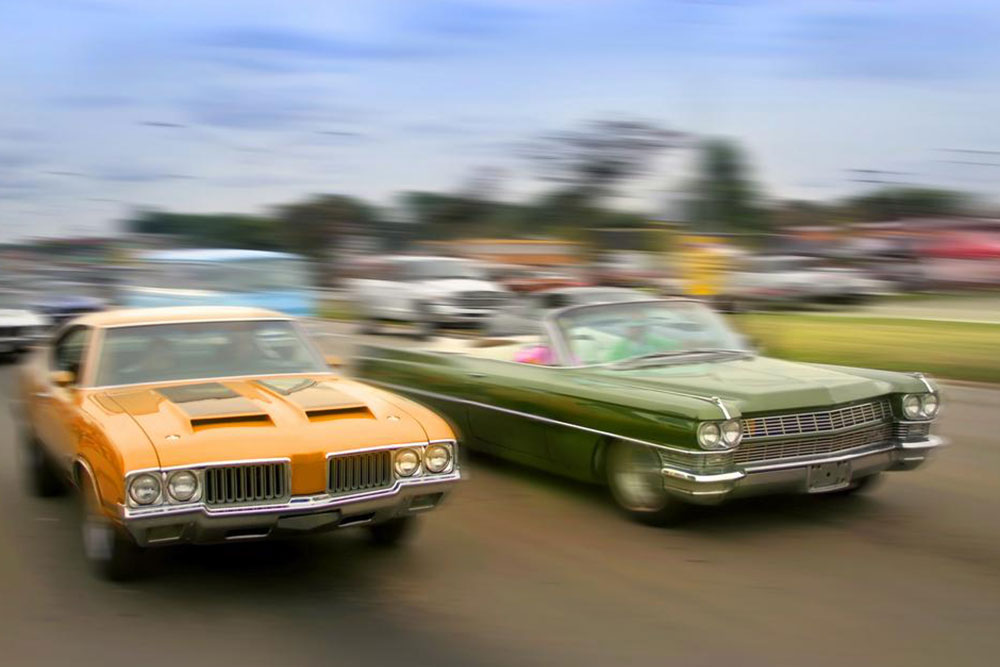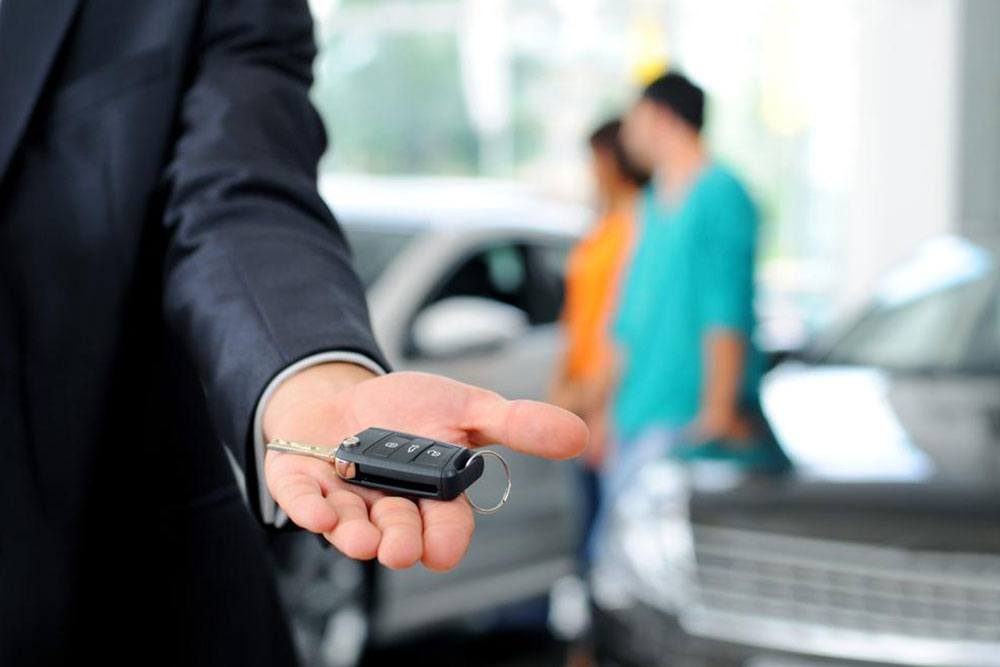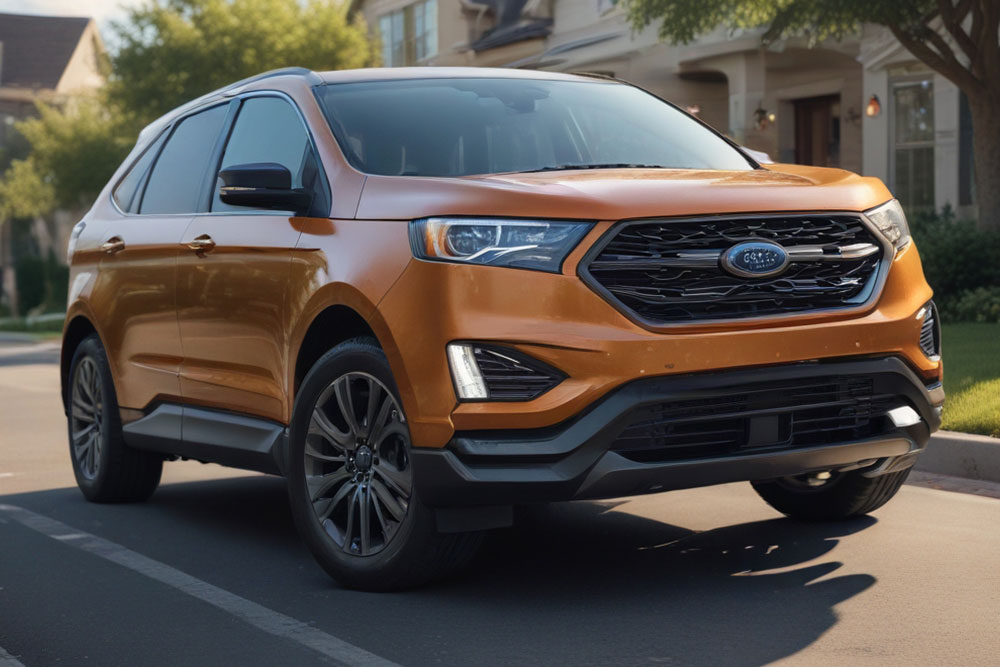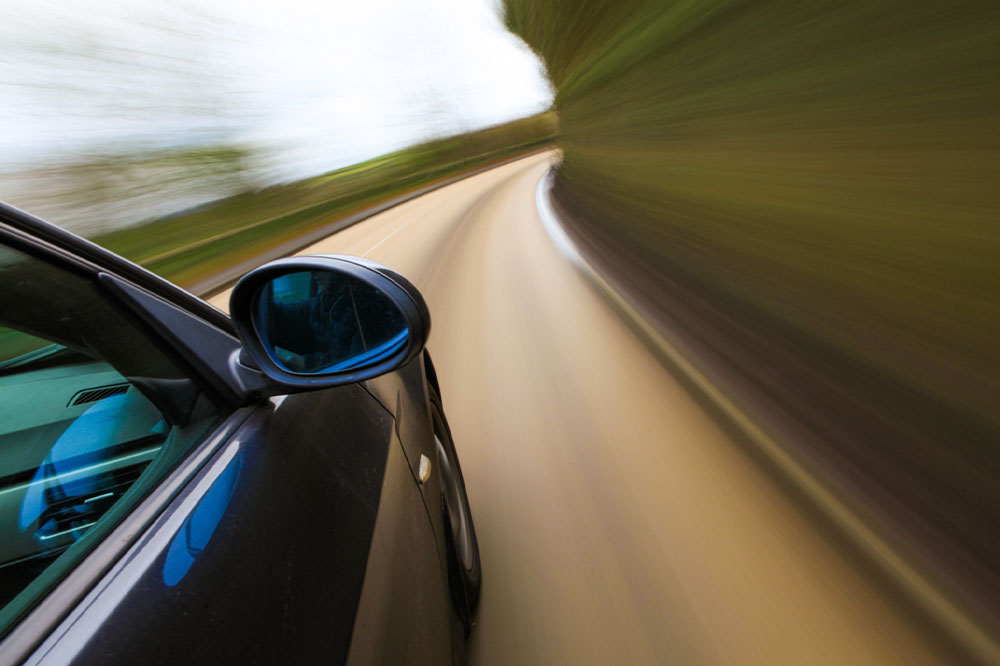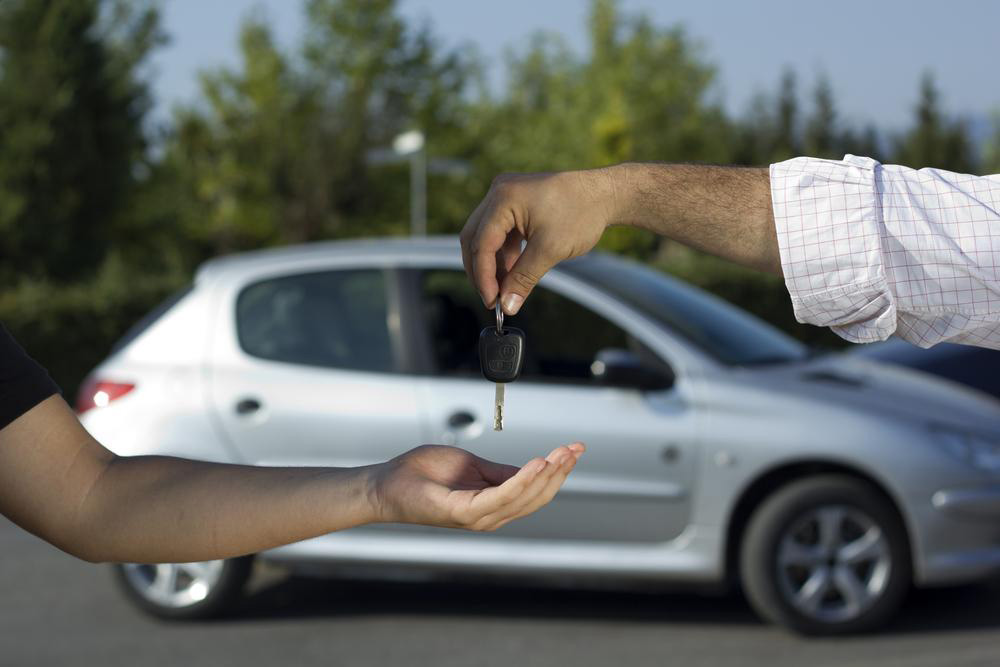Top 5 Unpopular Features in Poorly Designed Vehicles You Should Avoid
Discover the top five most disliked features in poorly designed vehicles that could compromise safety, comfort, and reliability. Learn what to avoid during your next car purchase to ensure a safe and comfortable driving experience. This comprehensive guide offers valuable insights into feature flaws and their implications, helping buyers make informed decisions and avoid costly mistakes.
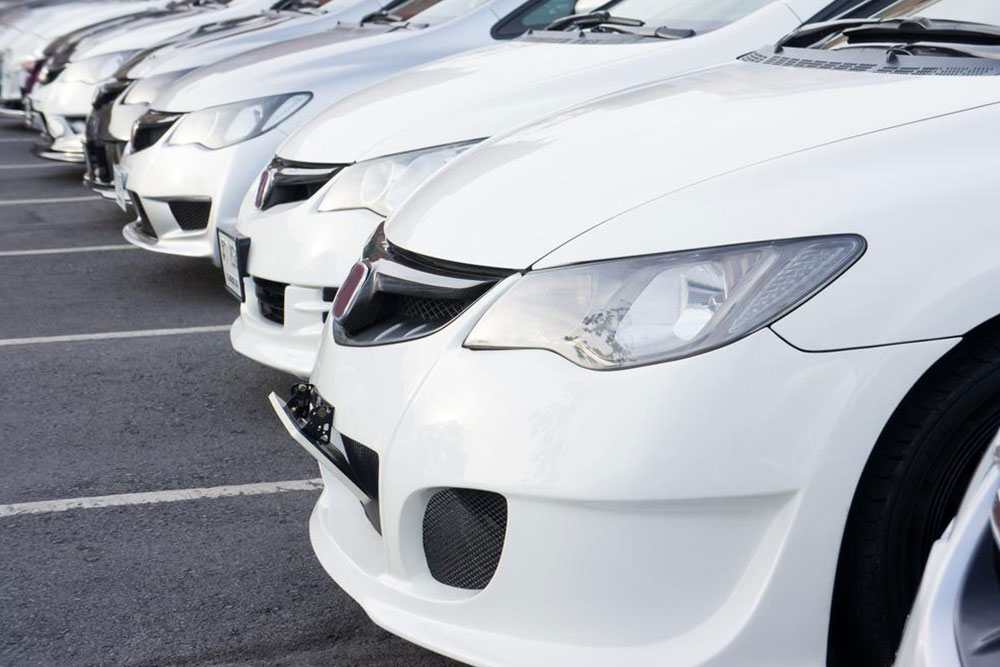
Top 5 Unpopular Features in Poorly Designed Vehicles You Should Avoid
When choosing a vehicle, many buyers prioritize safety, comfort, and convenience. However, some cars come with design flaws or unnecessary features that diminish overall quality and pose safety risks. These features may seem trivial but can lead to inconveniences, higher maintenance costs, or even dangerous situations. Recognizing these problematic features can help buyers make more informed decisions, ensuring they select a vehicle that offers true value and reliability. In this comprehensive guide, we will explore the top five features commonly found in subpar vehicles, which drivers should avoid at all costs.
Compact Spare Tires (“Donut” Spares): Many vehicles come equipped with small, lightweight “donut” spare tires designed to save space and reduce vehicle weight. While convenient, these spare tires are limited in functionality. They are only meant for short-distance, low-speed driving—usually about 50 miles—and should not be used for prolonged purposes. Furthermore, their small size can cause issues with wheel sensors, leading to false alerts or malfunctions in tire pressure monitoring systems (TPMS). Replacing or repairing these tires can also incur additional expenses. If you frequently travel or require reliable transportation, it's advisable to consider a car with a full-size spare to avoid inconvenience and safety concerns.
Decorative Hood Ornaments: Though once a symbol of luxury and style, hood ornaments have become increasingly obsolete. They serve purely aesthetic purposes but can pose safety risks. In the event of a pedestrian collision, they can cause injuries, especially at high speeds or during accidents. Additionally, hood ornaments are common targets for theft due to their value, often requiring costly replacements. Modern vehicle designs have phased out these ornaments to improve pedestrian safety and reduce theft risk, making them an outdated feature to avoid when purchasing a vehicle.
Gas Tank Placement Behind Passenger Compartments: Vehicles manufactured before 1973 often featured gas tanks located inside the passenger cabin, behind the driver's seat. This outdated design is highly dangerous, as it increases the risk of fire or explosion in the event of an accident. Modern vehicles adhere to safety standards that place fuel tanks outside the passenger area, typically underneath the vehicle chassis, to minimize injury risks. If you're considering classic cars or older models, pay attention to fuel tank location and prioritize safety features.
Automatic Seat Belts: These motorized seat belts, designed for added convenience, mounted on vehicle doors or windshields, have fallen out of favor. They can be intrusive and uncomfortable, especially for larger individuals or during entry and exit from the vehicle. Moreover, some models with automatic seat belts have been associated with injuries during deployment or awkward fitting. Many drivers find traditional manual seat belts more comfortable and reliable. Vehicles equipped solely with automatic seat belts may be less desirable, especially for safety-conscious consumers.
Sunroof or Moonroof: Vehicles with sunroofs or moonroofs are often perceived as stylish features that enhance the driving experience. However, these features come with notable drawbacks. They add extra weight to the roof structure, which can influence vehicle handling. Sunroofs are prone to leaks, mechanical failures, and can reduce the structural integrity of the vehicle if not properly maintained. They also present security concerns—glass panels can be broken more easily in the event of a break-in, risking theft or vandalism. Additionally, sunroofs can reduce interior headroom and limit natural lighting, which may be inconvenient for some drivers and passengers.
Low-Back Seats: Common in vehicles from the mid-1960s, low-back seats lack proper head support and cushioning, making longer drives uncomfortable and increasing fatigue. These seats do not provide adequate protection in minor rear-end collisions, as they lack headrests to prevent whiplash injuries. While they may be nostalgic for classic car enthusiasts, modern vehicles prioritize safety and comfort by providing adjustable, well-cushioned seats with integrated headrests. If you're considering vintage cars, assess the seat design carefully to ensure acceptable comfort and safety.
In summary, avoiding these features can greatly improve your vehicle experience in terms of safety, comfort, and reliability. When purchasing a new or used car, always scrutinize the vehicle for these problematic features, and prioritize models that adhere to modern safety standards and consumer preferences. Being informed prevents future inconveniences and ensures you select a vehicle that truly meets your needs.
